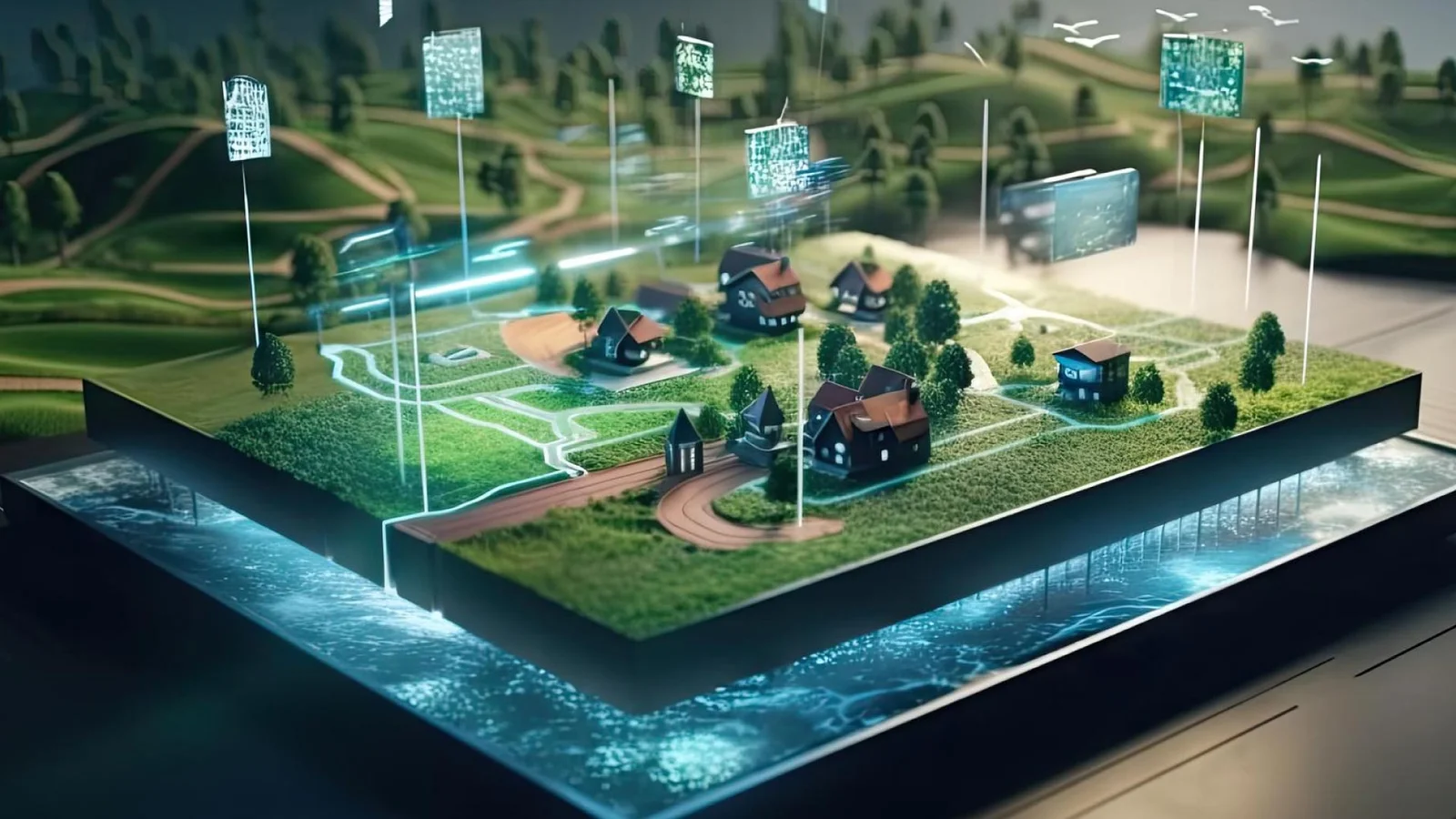As cities around the world face mounting challenges—ranging from climate change to overpopulation—urban planners are turning to smart technologies to create more livable, efficient, and eco-friendly environments. In this transformative era, the concept of sustainable urban planning has taken center stage, blending ecological consciousness with digital innovation. The integration of smart city solutions into urban design is redefining how infrastructure, mobility, energy, and community services are developed and delivered. From intelligent traffic systems to renewable energy grids, smart cities are not just futuristic ideals—they are present-day solutions to ensuring long-term sustainability and urban resilience.
The Evolution of Urban Planning Toward Sustainability
Urban planning has undergone a significant transformation in the last few decades. From prioritizing roadways and industrial zones in the 20th century to focusing on walkability, green space, and clean energy today, sustainable urban planning now defines how cities grow and adapt. This evolution is driven by the urgent need to reduce environmental impact, increase efficiency, and promote better quality of life in urban areas. Traditional methods are being reimagined with sustainability as the guiding principle for land use, transportation, waste management, and public health.
What Defines Sustainable Urban Planning Today
Sustainable urban planning is no longer limited to minimizing environmental damage; it now encompasses holistic strategies that balance economic development, social equity, and environmental preservation. It involves creating urban systems that support low-carbon transportation, energy efficiency, sustainable housing, and inclusive community development. Planning must now consider long-term climate resilience and adaptability, integrating both natural systems and human needs into the design of modern cities.
Smart Cities as Enablers of Sustainable Urban Development
Smart cities are proving to be powerful platforms for sustainable urban planning. These digitally connected environments leverage Internet of Things (IoT) devices, AI-driven analytics, and cloud computing to monitor and manage urban systems in real time. From controlling energy use in buildings to optimizing public transit and reducing emissions, smart city technologies offer the precision and scalability required to meet sustainability goals. By collecting and analyzing data, cities can make informed decisions that reduce resource consumption and improve quality of life.
Key Technologies Shaping Sustainable Urban Planning
Digital twins, sensor networks, predictive analytics, and automation are some of the key technologies reshaping urban planning. These tools enable planners to simulate scenarios, test interventions, and optimize infrastructure before projects are built. Renewable energy systems, smart lighting, and intelligent waste management are also integral to designing cities that align with the principles of sustainability. The convergence of tech and planning is allowing cities to build smarter from the ground up, avoiding the inefficiencies of past urban development.
Environmental Impact and Urban Design Synergy
Sustainable urban planning must account for the environment as an active stakeholder. This means integrating green spaces, restoring ecosystems, and designing buildings that contribute to energy conservation. Green roofs, vertical gardens, permeable pavements, and water-sensitive designs are now fundamental to minimizing ecological disruption. Smart urban planning also includes strategies to manage extreme weather, reduce air pollution, and enhance biodiversity within the city fabric.
Data-Driven Planning and Real-Time Urban Management
One of the most significant advantages of smart cities is the ability to harness real-time data for continuous urban improvement. Sensors collect information on air quality, noise levels, pedestrian flows, and infrastructure usage, allowing planners to adjust systems proactively. Traffic congestion can be mitigated through dynamic routing; energy consumption can be balanced with smart grids. This level of responsiveness ensures that sustainability targets are met while urban life remains efficient and resilient.
Green Infrastructure in Sustainable Urban Planning
Green infrastructure forms the backbone of sustainable urban planning. This includes natural solutions such as green corridors, stormwater gardens, and urban forests that enhance environmental quality while serving functional roles. Integrating these elements reduces heat islands, improves air quality, and provides recreational areas for urban residents. When green infrastructure is aligned with smart technology, cities can optimize ecological and social outcomes simultaneously.
Public-Private Collaboration in Smart City Projects
The future of sustainable cities depends on effective partnerships between government, industry, and communities. Public-private collaboration can accelerate innovation, fund infrastructure, and ensure the scalability of sustainable practices. Technology firms bring expertise and platforms, while urban planners provide vision and policy. Together, these stakeholders can co-create urban environments that are smarter, greener, and more resilient.
For More Info https://bi-journal.com/smart-cities-in-sustainable-urban-planning/
Conclusion
Sustainable urban planning in the age of smart cities marks a new chapter in the evolution of modern living. By blending digital innovation with ecological design, cities can achieve greater efficiency, equity, and environmental stewardship. The smart city is not the endpoint but a catalyst—pushing urban planning beyond traditional boundaries and into a future where sustainability is embedded into every street, structure, and system. As urban populations grow and climate challenges mount, sustainable urban planning will remain the cornerstone of creating smarter, livable cities for generations to come.

